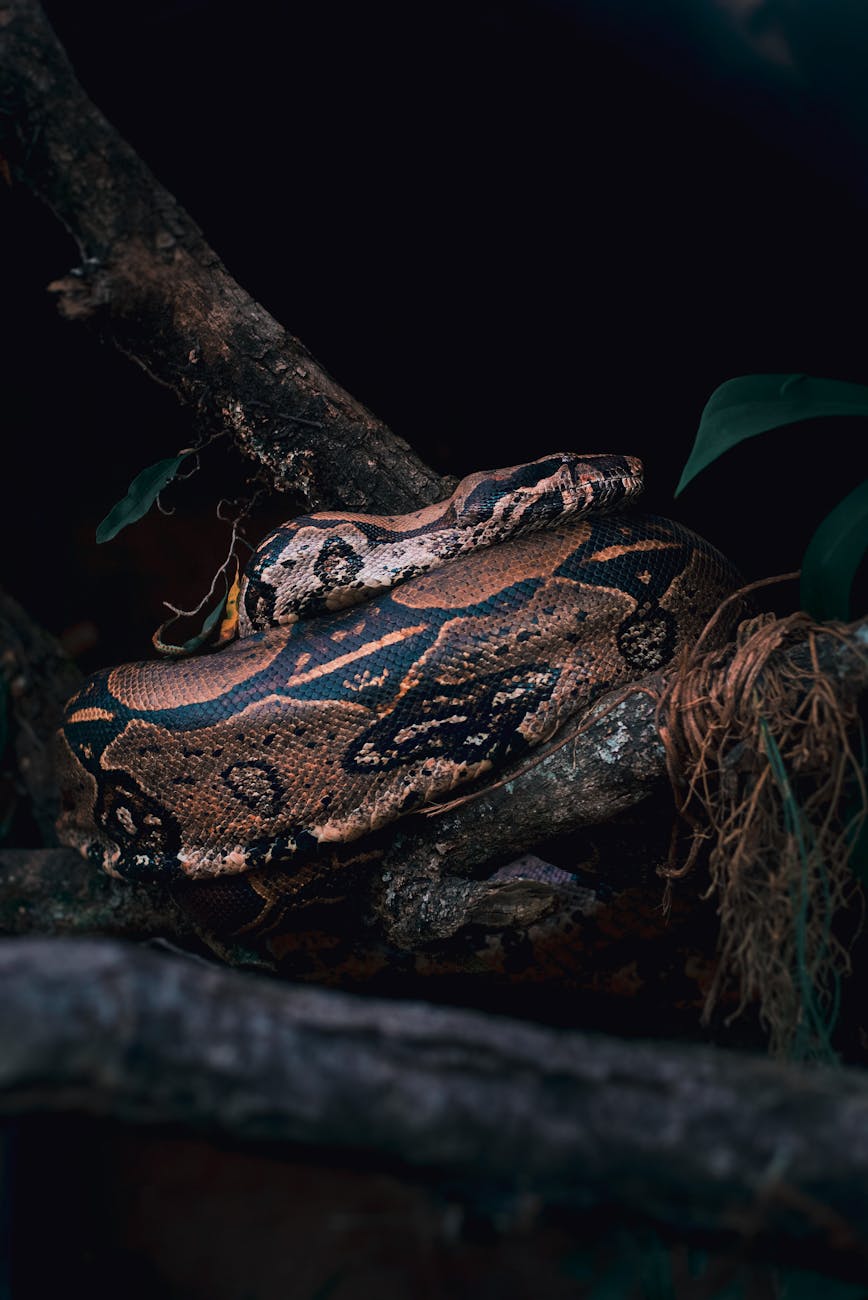Few creatures slither through mythology as powerfully as the serpent. Feared, revered, and shrouded in mystery, snakes have been symbols of wisdom, transformation, danger, and immortality across cultures. Whether as a guardian of knowledge, a bringer of doom, or a cosmic being, serpents weave through the folklore of the world, their presence whispering of ancient secrets.
Let us journey into the serpent’s lore, uncovering the myths, legends, and supernatural beliefs surrounding these mystical creatures.
The World Serpent: Jörmungandr of Norse Mythology
In Norse mythology, the great Midgard Serpent, Jörmungandr, is so vast that it encircles the entire world, biting its own tail.
- A Symbol of Chaos and Fate: Jörmungandr is prophesied to battle Thor during Ragnarök, bringing destruction and rebirth.
- Superstition: Some believed that encountering a snake coiled upon itself was a sign of an unbreakable cycle or fate.
- Modern Echoes: The image of a serpent biting its tail—the ouroboros—remains a powerful symbol of eternity and transformation.
The Naga: Serpent Deities of Hindu and Buddhist Lore
In Hinduism and Buddhism, Nagas are divine serpents—sometimes protectors, sometimes destroyers—who dwell in water and the underworld.
- Sacred Guardians: Nagas are often depicted guarding temples, rivers, and hidden treasures.
- Superstition: Dreaming of a snake in Hindu tradition can signify both danger and spiritual awakening.
- Buddhist Influence: The Naga king Mucalinda sheltered the Buddha from a storm, making serpents a symbol of divine wisdom and protection.
The Feathered Serpent: Quetzalcoatl of Mesoamerica
One of the most famous Mesoamerican deities, Quetzalcoatl, is the Feathered Serpent, a being of wisdom, air, and creation.
- A Bringer of Civilization: Quetzalcoatl was believed to have taught humankind the arts, sciences, and agriculture.
- Superstition: Many believed that his return would herald a great change, leading to the interpretation that the arrival of Cortez in the 1500s fulfilled prophecy.
- Modern Echoes: Quetzalcoatl remains a symbol of knowledge, enlightenment, and power.
The Basilisk: The Deadliest of Serpents
In European folklore, few creatures inspire as much terror as the Basilisk, a serpent so deadly that its gaze alone could kill.
- A Born King: The basilisk was said to be born from a serpent’s egg, hatched by a rooster.
- Superstition: Carrying a weasel’s skin was believed to be the only protection against the basilisk’s deadly stare.
- Modern Influence: The basilisk has slithered into literature, film, and legend, remaining one of the most feared mythical creatures.
The Serpent as a Symbol of Transformation
Despite their fearsome reputation, serpents are often symbols of renewal and transformation.
- Shed Their Skin: Just as snakes shed their old skin, they remind us to let go of the past and embrace change.
- Healing and Medicine: The Rod of Asclepius, an ancient Greek symbol featuring a serpent entwined around a staff, remains a symbol of healing and medicine today.
- Cosmic Power: Many ancient cultures believed the serpent connects the heavens, the earth, and the underworld.
Do Serpents Speak to You?
From the wise Naga to the deadly basilisk, from Quetzalcoatl to Jörmungandr, serpents are more than just creatures of legend—they are symbols of power, mystery, and hidden knowledge. Whether feared or revered, they slither through history, reminding us that some secrets are only revealed to those who dare to look beyond the surface.
So next time you see a serpent—whether in a dream, a symbol, or the wild—ask yourself: What message is it bringing you?


Leave a Reply